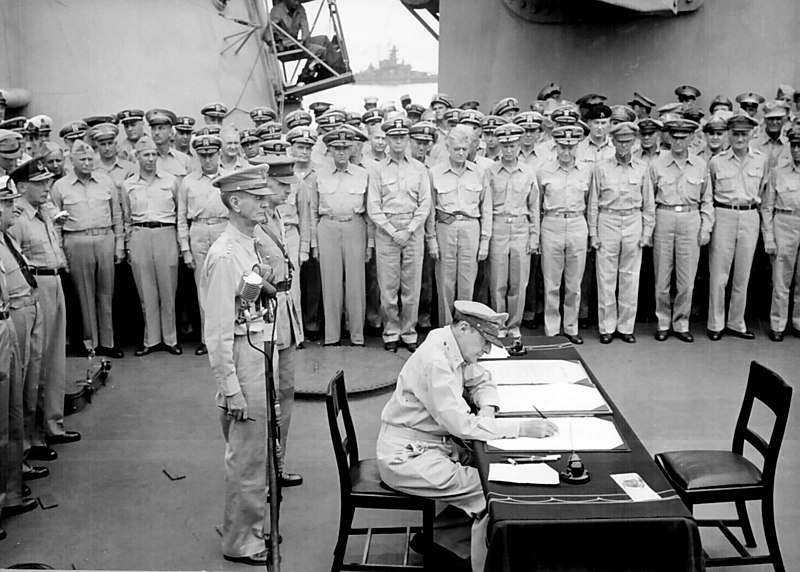Before anything, I wanted to honor Engr. Michael Valenzuela Tecson, father of my dear friend Jude, who passed away a few hours ago. Michael is the grandson of Pio Valenzuela, one of the founding leaders of the revolutionary effort that brought the Philippines independence. In his own way, Engr. Tecson served in public works with great integrity and ability. He passed along his wisdom and perseverance to his son Jude, a distinguished architect whose character and vision in the craft is unequalled in my view. Michael was 74.
The Avengers. There's tons of stuff to write about, i.e. the very satisfactory execution of balance despite the character-rich amalgamation of what I originally thought were too many superheroes in one flick. Without giving away anything, nothing could have prepared me for what--or should I say who--appeared at the credits (well, Marvel does have a reputation to uphold). To cut this short (as we have our main topic to talk about), The Avengers is the bar in Marvel film productions. And our simple wish is that all others after this is either as good or better. Yeah... Like Gauntlets.
...
In a recent report published by comScore, the Kindle Fire was declared the supreme victor in a platform where it has managed to capture 54% market share. The race we are referring to is the huge Android tablet market that has virtually exploded in the past year. It spans an incredible amount of "possibilities," permutations that include (of course) the most incredible, cheapest and utterly disappointing devices ever created by man. What's staggering about the Kindle Fire's market share is the time it took to get there--5 months since it was first released last November. Here below elaborates the report.
What's clear in the preceding figures is that there are other players that are clearly being eaten alive by Amazon's product, a device whose primary function (at least as advertised) is to be the perfect e-reader device. The other tablets, i.e. Samsung Galaxy Tab family, were supposedly (again, at least as advertised) superior in feature set capabilities. Another one that's quite obvious is the inability of certain brands to come out with anything near the meaning of success.
The Sony Tablet S (pictured above) is one of them; a shining example of a poorly defined product. The table below explains the mishap. Can anyone share their excitement over these Sony technologies: Clear Phase, xLoud, TruBlack, Exmor? Nah, no excitement whatsoever--we don't even know what they do! Also, are these mundane, petty and irrelevant feature comparisons affecting your purchasing tendencies any bit? Nope, they don't strike a tune at all! The fact remains that Sony keeps forgetting that the race is no longer about specs but user experiences. I think they fouled up what otherwise looks to be an impressive tablet design.
There's something brewing in the horizon against the Android OS: the Google-Motorola deal. Industry insights suggests that Google acquired it in order to compete with Apple. The realization goes that it must be deep in bed with the hardware that powers the OS in order to achieve a fully engaging product. Is this a great move? It's complicated. True, Google's acquisition of Motorola would secure the Android's future. The technology portfolio of Motorola would prove to be a monstrous arsenal against patent suits from the likes of Apple. While this transaction has good intentions, the hardware prowess of Motorola isn't sitting well with some. In fact, it is pissing off their handset partners. And who wouldn't be? It is quite logical that the best Android phones would eventually be the ones designed and integrated onto the Motorola chassis from the ground up.
But there's more. Developer interest in building Android apps is starting to decline according to a recent article. It also cites the Android OS being too fragmented to be even called a single platform; at least 10 different versions are running all over the place. (More than 90% of the Android base is still using Gingerbread or an earlier version given the barring of upgrades on most handsets.) On top of this are telecom partners looking to support an old friend in their upcoming mega-launch--Microsoft Windows 8.
But what of the Kindle? Well, the Kindle's success isn't really helping the Android's cause as we originally thought it would. Its operating system is an Android fork, a message to handset makers that you don't really have to use the default Android builds to be successful. The problem is it erodes the Android model ultimately. And as the previous article suggests, it means losing control over the mobile realm.
As our title suggests, the veil of time has been removed in favor of Amazon being the only tablet maker right now that stands a chance against Apple. As for the rest, it is never really too late to start thinking about bundling great marketing with great manufacturing. For real now guys! We're starting to get really tired of lousy products.


















